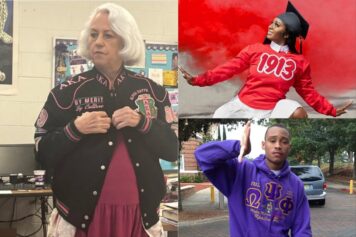There were very few non-black photographers in the early 20th century who were depicting African-Americans in a positive light. Consuelo Kanaga was an American-born photographer of Swiss heritage who, like her better known contemporary Dorothea Lange, worked as a photojournalist from 1915 through to the 60s. Living in San Francisco, Kanaga decided to become a photographer after she discovered Alfred Stieglitz’s Camera Work publication and was introduced to other Bay Area photographers like Edward Weston by Lange.
In 1931, she employed Eluard Luchell McDaniels as her housekeeper and it was through talks with him that she came to learn of the African-American fight against racism. Kanaga began taking portraits of McDaniels through which she established a lifelong, empathetic connection with her black subjects.
Kanaga had no prescribed agenda in depicting African-Americans. In a statement about her work, she mentions simply “trying to show the beauty of black people.” In her compositions Kanaga didn’t care for showing context, choosing instead (in most cases) to viscerally engage the viewer with the subject’s face by taking close-ups. As taught by Stieglitz, she didn’t just rely on in-camera composition but often (re)worked her prints tirelessly by cropping and manipulating tonal values to achieve her aesthetic vision.
Throughout her career, Kanaga held a wide range of visual interests from portraits to cityscapes to still lifes, and yet it is her artistic vision of black Americans that was her most engaging work. A woman who “enjoyed playing at the margins,” Kanaga seemingly had no fear or doubts about her vision. She didn’t simply show likeness in her portraits, she conveyed deep human emotions from an American population who at the time were often relegated to sub-human depictions.
The image above, donated by the photographer’s husband Wallace Putnam, celebrate the photographer’s dedication to use the art of portraiture to “change morals;” a power that Susan Sontag attributes to the photographic medium in her book On Photography.
Among the collection is an intense 1936 portrait of Annie Mae Merriweather, whose husband Jim Press Merriweather, a sharecropper in Lowndes, Alabama, was lynched for being part of the Sharecropper’s Union strike for higher wages…
Read More:fansinaflashbulb.wordpress.com


